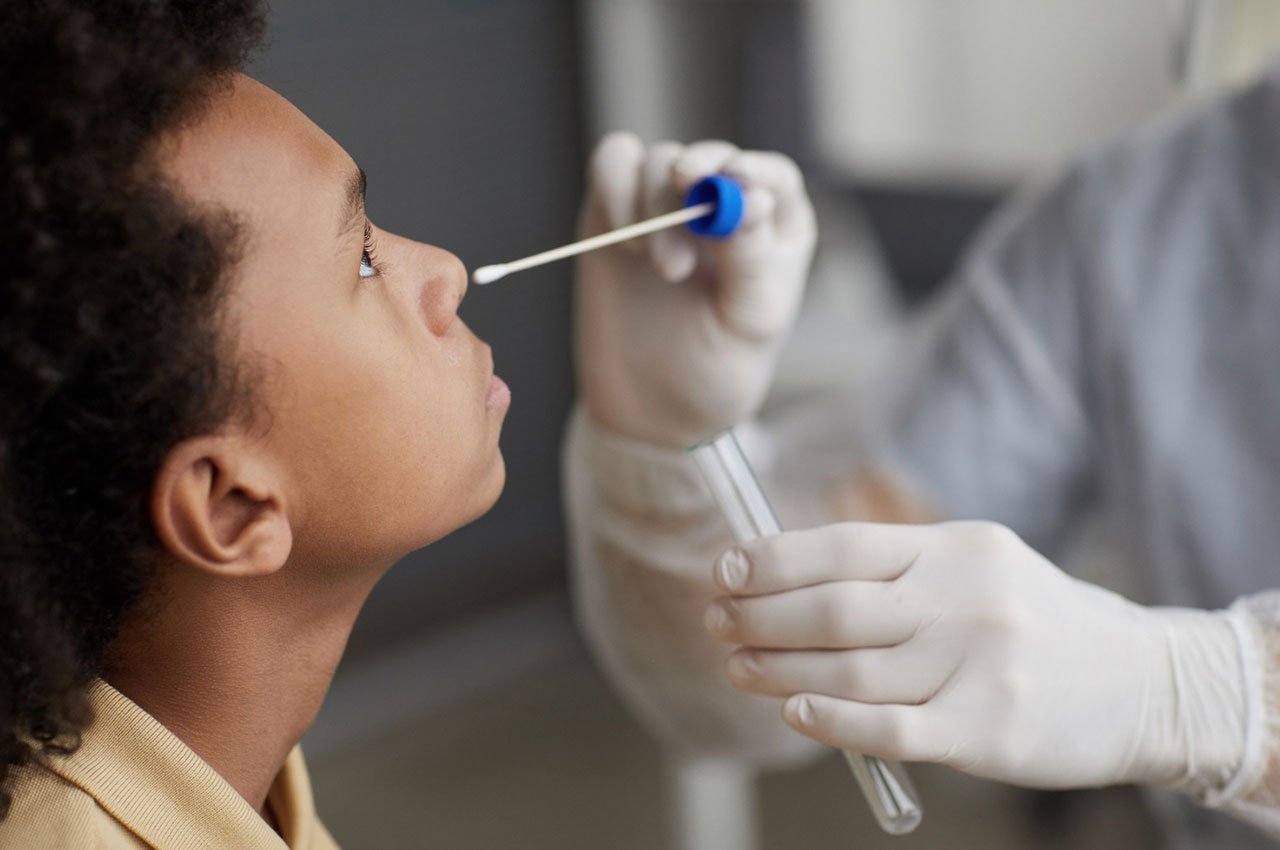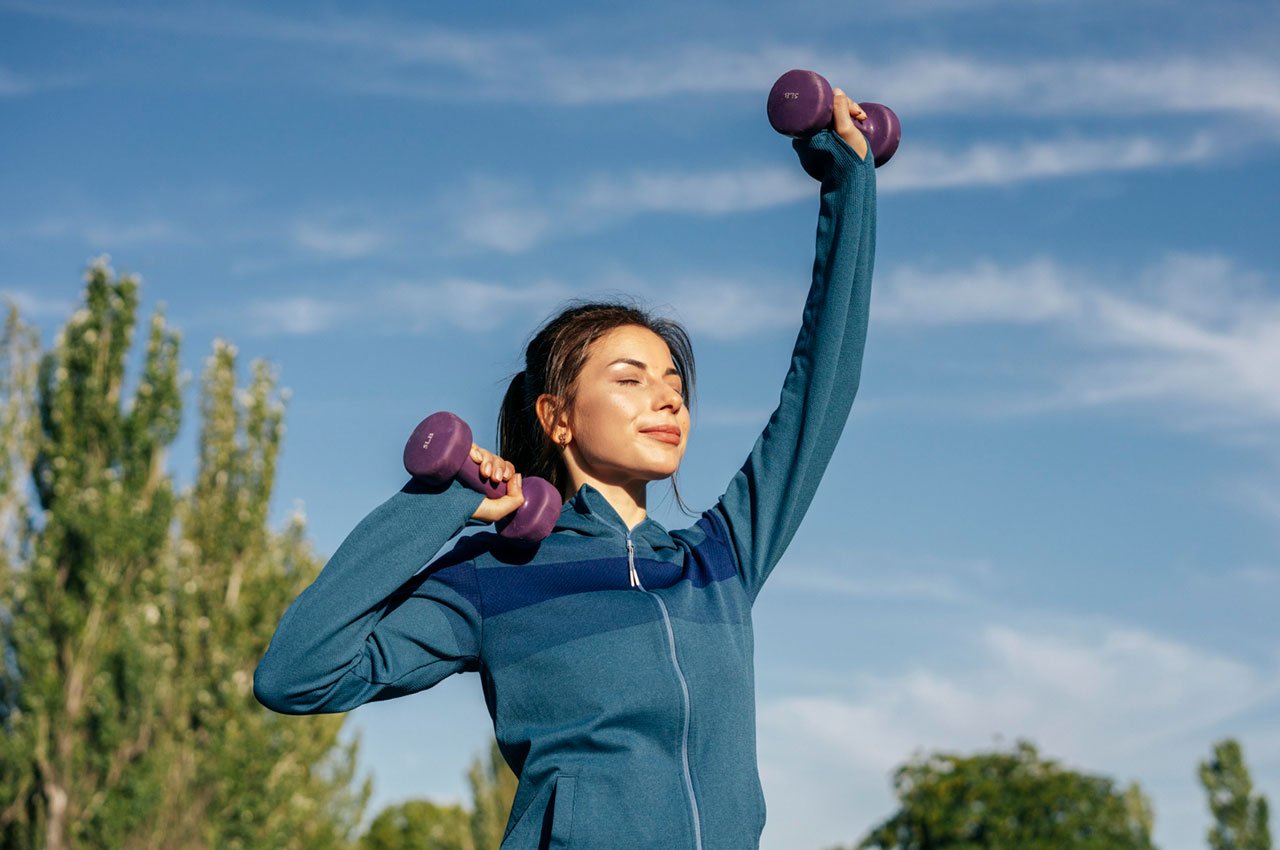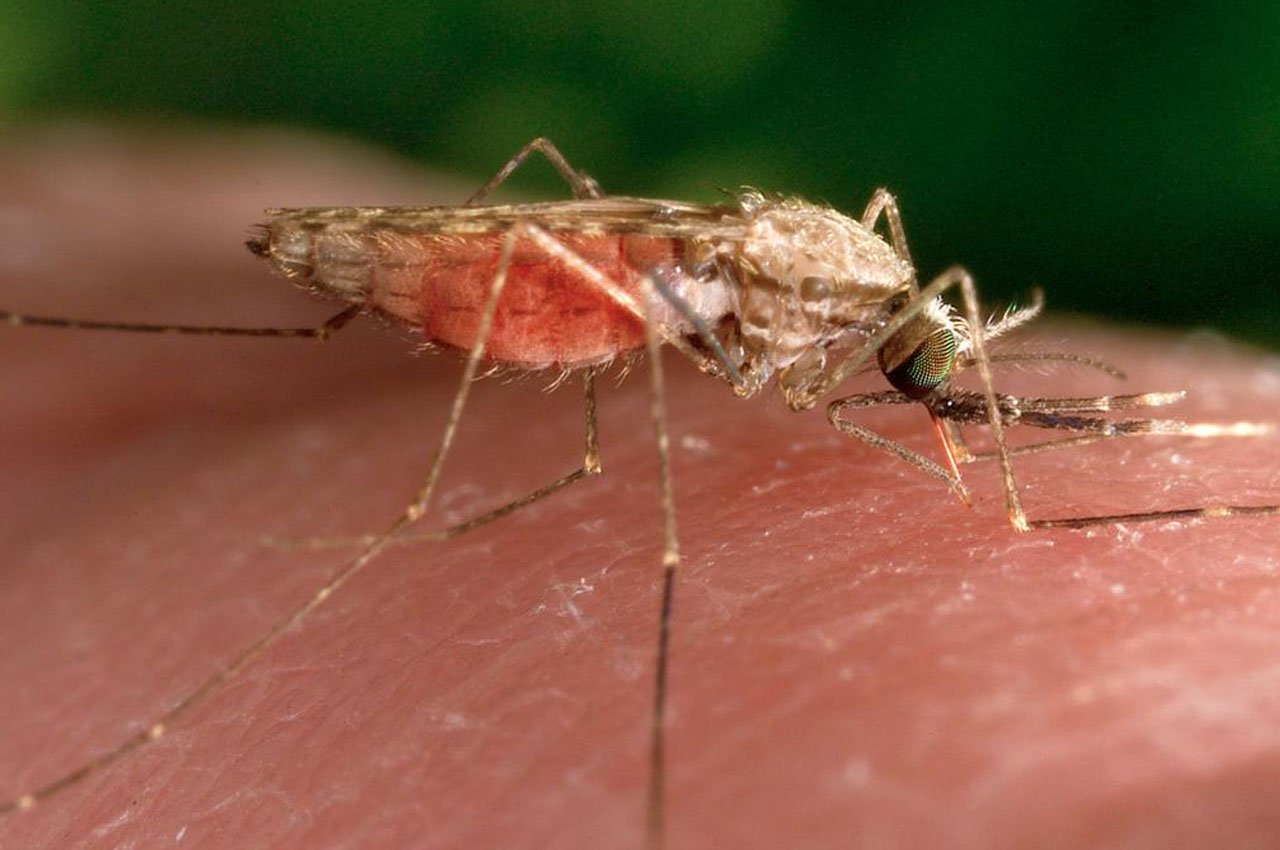As summer unfolds across the United States, COVID-19 cases are once again on the rise. According to The Times of India, health experts have raised concerns about a seasonal spike in infections, a pattern that has now been observed for several consecutive years. But what causes this surge during warmer months, and how can individuals protect themselves?
The Summer Spike: Understanding the Pattern
While many associate respiratory illnesses with winter, COVID-19 has displayed a unique behavior since its emergence. Unlike the flu, which peaks during the colder months, COVID-19 has shown the ability to spike during summer as well. This summer wave is partly attributed to increased travel, social gatherings, and indoor crowding due to heatwaves that push people into air-conditioned, poorly ventilated spaces.
Another contributing factor is the emergence of new sub-variants. As the virus continues to mutate, certain strains may become more transmissible or escape immunity from prior infections or vaccinations, leading to localized outbreaks.
Role of New Variants
The recent uptick in cases in the US has been linked to newer Omicron subvariants. Although these strains have not proven to be more severe in terms of symptoms, they spread quickly and affect even those with previous immunity. Breakthrough infections among the vaccinated are more common, although vaccines still offer strong protection against severe illness, hospitalization, and death.
Relaxed Precautions and Waning Immunity
A key driver behind the rise in summer infections is the waning public vigilance. With mask mandates lifted and pandemic fatigue at an all-time high, many individuals are no longer taking the precautions that were once standard practice. Meanwhile, immunity from previous infections or vaccines tends to diminish over time, making people more susceptible to reinfection.
Travel and Tourism Surge
The summer travel boom has also played a major role. International travel, crowded airports, and packed events create ideal conditions for the virus to spread. With many people vacationing and attending large gatherings, the chances of exposure increase dramatically, especially in indoor settings.
What You Can Do to Stay Safe
Despite the rise in cases, there are simple and effective steps individuals can take to reduce their risk:
1. Stay Up-to-Date with Vaccinations
Health authorities recommend getting booster doses as advised, especially for vulnerable groups such as the elderly and immunocompromised. Updated vaccines offer improved protection against emerging variants.
2. Mask in Crowded Indoor Spaces
Wearing a high-quality mask, such as an N95 or KN95, remains one of the most effective tools to prevent transmission, particularly in poorly ventilated areas or during travel.
3. Monitor Symptoms and Test Regularly
Early detection can help limit the spread. Anyone experiencing COVID-like symptoms—fever, cough, fatigue, sore throat—should isolate and take a rapid test.
4. Improve Indoor Ventilation
Whenever possible, open windows or use HEPA air purifiers to ensure better air circulation, especially during gatherings.
5. Avoid Crowded Places During Surges
Being cautious during periods of high transmission can go a long way. If attending events, opt for outdoor venues or ensure proper distancing indoors.
Looking Ahead
Health experts continue to monitor the evolving virus and recommend public cooperation to avoid another large-scale outbreak. While the current rise in cases may not mirror the early pandemic’s severity, the risk to high-risk individuals remains significant. Simple, preventive measures combined with timely vaccination can help keep the virus at bay through the summer and beyond.
For more health stories click here
Follow us for latest updates:




